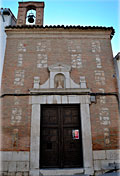Tourism web of Chinchón (Spain)
Places of interest
Religious buildings and monuments
Iglesia de Nuestra Señora de la Asunción
Construction works began in 1534 but they didn't end until 1626. Inside the church you can sense the passage of time through the architectural styles that have shaped: Gothic, Plateresco, Renaissance and Baroque. The church suffered extensive damage during the War of Independence, which affected mainly the cover and ornaments.
Francisco de Goya made a painting to decorate the church, "La Asunción de la Virgen" ("The Assumption of the Virgin") located in the center of the main altar in 1812, at the request of his brother Camilo, Chaplain of this church.
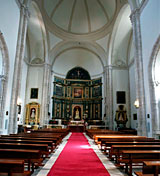
Convento de las M.M.Clarisas
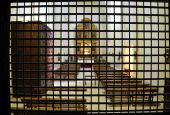
This church started to being built in the sixteenth century, although it was not founded until 1653 by the 5th Counts of Chinchon. You can see the distinctive architecture of the Spanish Baroque. It is comprised of the herrerian style church and the convent. The building is of great austerity by using materials such as brick and boxed masonry.
The Pantheon of the 5th Counts of Chinchon is made of marble and located in the choir of the church of the convent.
Also worth a visit because of the famous sweets made by the nuns.
Ermita Románica de San Antón
Formerly dedicated to San Esteban is an eighteenth century building, built on an earlier Romanesque XI century construction, which retains the old apse Romanesque and Gothic paintings inside, recently discovered.
It is probably the oldest building within the town of Chinchon.
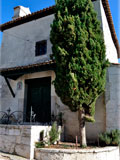
Ermita de San Roque
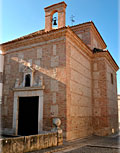
Dedicated to San Roque, patron of the city, was built in the second half of the seventeenth century. Baroque architecture, with brick walls and boxed masonry.
It has two altarpieces, one with the image of "Nuestra Señora de Gracia", another patron of Chinchon and another bigger one with an excelent figure of San Roque dated in 1716.
Ermita de Santa Ana
Recently restored. Its existence has been known in the S. XVII by an agreement of the council. It is dedicated to the cult of Santa Ana.
Throughout its existence has had religious and civil uses.
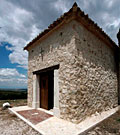
Ermita de Nuestra Señora del Rosario
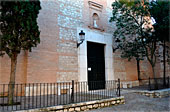
Appends the current Parador, is located the "Iglesia de Nuestra Señora del Rosario", which historically belonged to the convent of San Agustín. The Church, Baroque, has a shed with side chapels, which were used as cells for prisoners, when the monastery became a prison during the Civil War. Baroque frescoes stand on part of the cruise, brightly colored, with frets, sheets, columns and other decorations.
In 1846 was dedicated to the veneration of the Virgen del Rosario. The church had a beautiful Baroque altarpiece and altar, which caught fire in October 1929, but the statue of the Virgin suffered no damage. His feast is celebrated annually on the third weekend of September.
Ermita de Nuestra Señora de la Misericordia
Built in a Baroque style, this chapel with brick facade and door lintel was the church of the former Mercy Hospital, founded in the seventeenth century.
The interior has a single shep and an altarpiece with the image of Nuestra Señora de la Misericordia and a excelent quality picture of Santa Ana.
